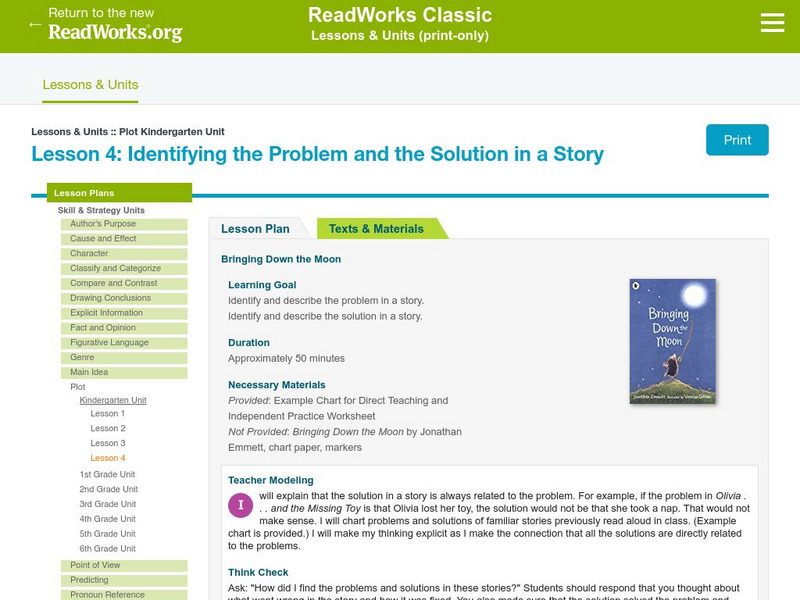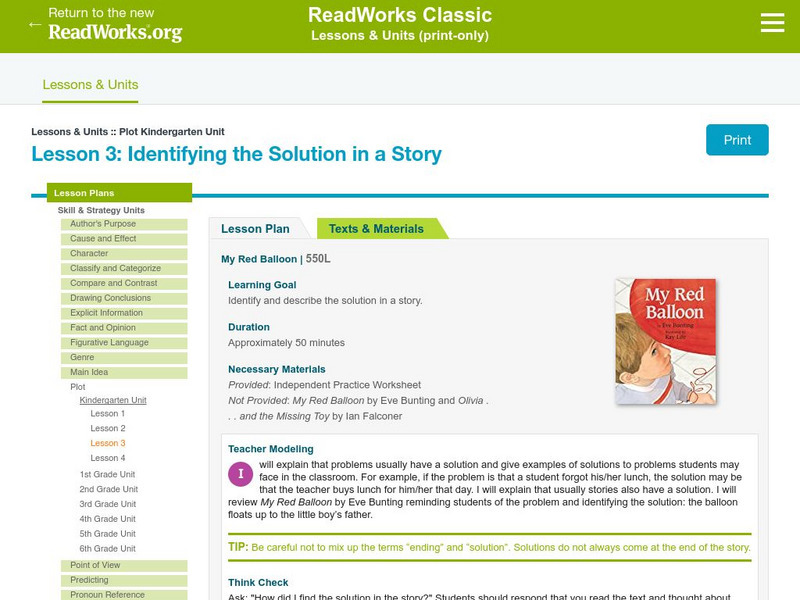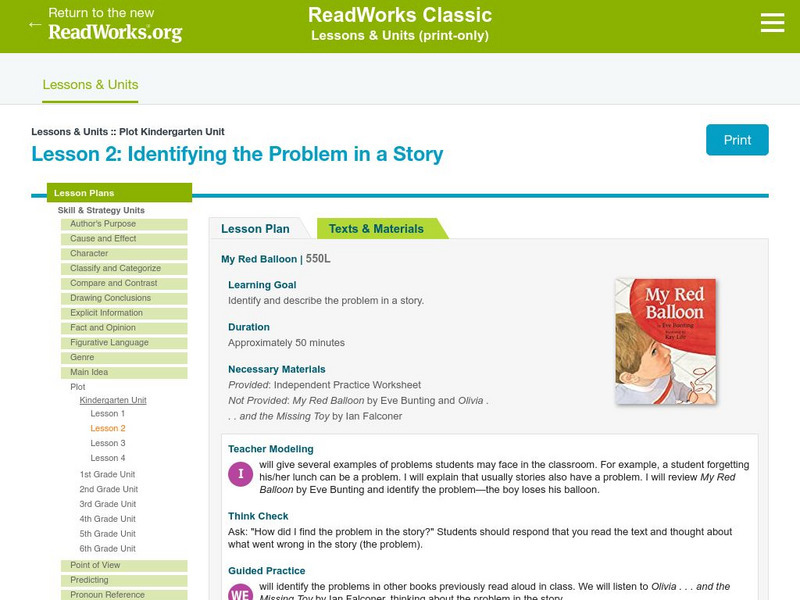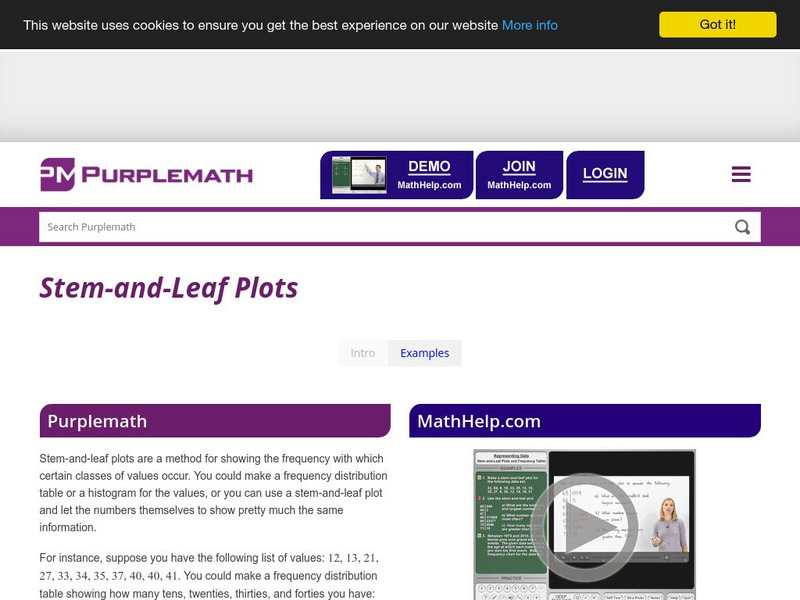Quizlet
Quizlet: R.3 Analyze How and Why Individuals, Events, or Ideas, Develop/interact
Please align to CCSS.ELA-Literacy.CCRA.R.3 Analyze how and why individuals, events, and ideas develop and interact over the course of a text.
Other
Writing world.com: Writing Dialogue for Children
A good site for teachers and writers looking to write for children, or teach children how to write dialogue. Includes tips and guidelines.
Other
Writing World: Four Ways to Bring Settings to Life
A great resource outlining four major ways to make settings appear more real and genuine in fiction. Deals with themes such as motion, experience, mood, and the senses. W.11-12.3d Sensory/precise lang narratives
Texas Education Agency
Texas Gateway: Analyze Linear Plot Developments in Literary Texts/fiction
[Accessible by TX Educators. Free Registration/Login Required] In this lesson, you will learn how to recognize conflict, analyze linear plot, and determine how the conflict is resolved.
Texas Education Agency
Texas Gateway: Isolated Scenes and Plot Support
Plots have momentum or a forward motion. In this lesson, we will isolate and discuss specific plot scenes from several works of fiction. You will learn how each scene moves the plot forward toward the resolution.
Success Link
Success Link: Characters, Setting, Plot, Conclusion, and Summarizing a Story
This lesson plan offers a step-by-step procedure for teaching young scholars how to identify story elements and to summarize a story. It explains how to use a "Who Am I" activity, as well as a linkage activity in identifying characters...
Other
Fiction Factor: The Importance of Setting
An interesting article concerning the importance of setting to any piece of fiction. Gives good information about how setting affects characters and "world-building."
Florida Center for Reading Research
Florida Center for Reading Research: Narrative Text Structure: Retell Wheel
A lesson plan in which learners read a narrative text and then turn a question wheel to answer questions about the characters, setting, conflict, and plot. Materials are included.[PDF]
Florida Center for Reading Research
Florida Center for Reading Research: Narrative Text Structure: Retell a Story [Pdf]
A lesson plan in which students read a narrative text and complete graphic organizers to map the story. Materials are included.
Florida Center for Reading Research
Florida Center for Reading Research: Narrative Text Structure: Retell Ring [Pdf]
A lesson plan in which learners read a narrative text and answer questions about the plot. Materials are included.
Other
Short Story Elements
Geared toward high school students, this site contains many notes and links on the aspects of short story, figurative language, and figures of speech.
Read Works
Readworks: Lesson 4: Kgt: Identifying the Problem and the Solution in a Story
This lesson focuses on identifying the problem and solution in a story plot using the book "Bringing Down the Moon" by Jonathan Emmett (not included). Worksheet is provided.
Read Works
Readworks: Kindergarten Lesson 3: Identifying the Solution in a Story
This lesson focuses on identifying the solution or resolution in a story plot using two books (not included). Worksheets are provided.
Read Works
Readworks: Kindergarten Lesson 2: Identifying the Problem in a Story
This lesson focuses on identifying the problem or conflict in a story plot using two books (not included). Worksheets are provided.
Alabama Learning Exchange
Alex: Interpreting Shakespeare's a Midsummer Night's Dream
After a study of Shakespeare's A Midsummer Night's Dream, students working in small groups conduct research and create a slideshow presentation that emphasizes key aspects of the play and/or new ideas generated by the play.
Alabama Learning Exchange
Alex: Using Fairy Tales to Teach the Short Stories
Familiar fairy tales are used as guides to help students analyze the elements of the short story: plot, theme, setting, point of view, and character.
Alabama Learning Exchange
Alex: Literary Elements in Jan Brett's the Mitten
Students will analyze such literary elements as plot, cause-effect relationships, sequence, and prediction in Jan Brett's The Mitten. Students will enjoy predicting upcoming story events and retelling the story from a dialogue that shows...
PBS
Pbs Learning Media: Interpreting Characters, Setting, Plot, & Theme: Triangle...
Middle schoolers will view video documenting the real-life story of the Triangle Shirtwaist Factory fire in 1911. Students will complete a story elements graphic organizer. This organizer will help them distinguish various story elements...
British Library
British Library: Teaching Resources: Measure for Measure: A Problem Play?
What is Measure for Measure's problem? The play confronts us with questions about sex, morality, and power, which challenge us as readers and audiences. In these activities, young scholars will debate why the play is so problematic,...
Louisiana Department of Education
Louisiana Doe: Louisiana Believes: Eureka Math Parent Guide: Place Value and Problem Solving With Units of Measure
A guide to support parents as they work with their students in place value and problem solving with units of measure.
Louisiana Department of Education
Louisiana Doe: Curriculum Hub: Ela Guidebooks: Romeo and Juliet: Act Ii, Scene 4
Students react to Act II, scene 4 from Romeo and Juliet and explore what events develop the plot.
Purple Math
Purplemath: Quartiles, Boxes, and Whiskers
Explains how to construct a simple box-and-whisker plot, and demonstrates the steps. Discusses quartiles and medians, shows how to find them, and explains how they relate to box-and-whisker plots.
Purple Math
Purplemath: Stem and Leaf Plots
Explains how to create a stem-and-leaf plot from a data set. Demonstrates how to format a clear stem-and-leaf plot.



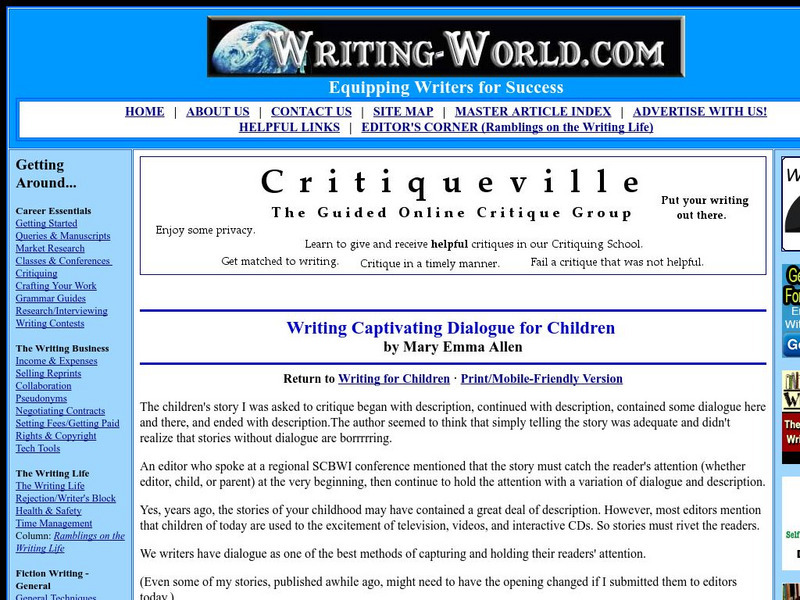
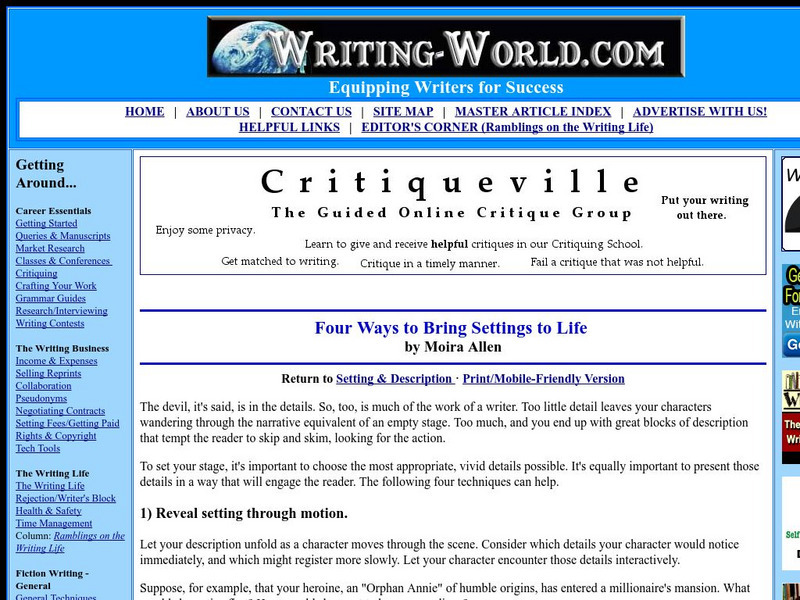




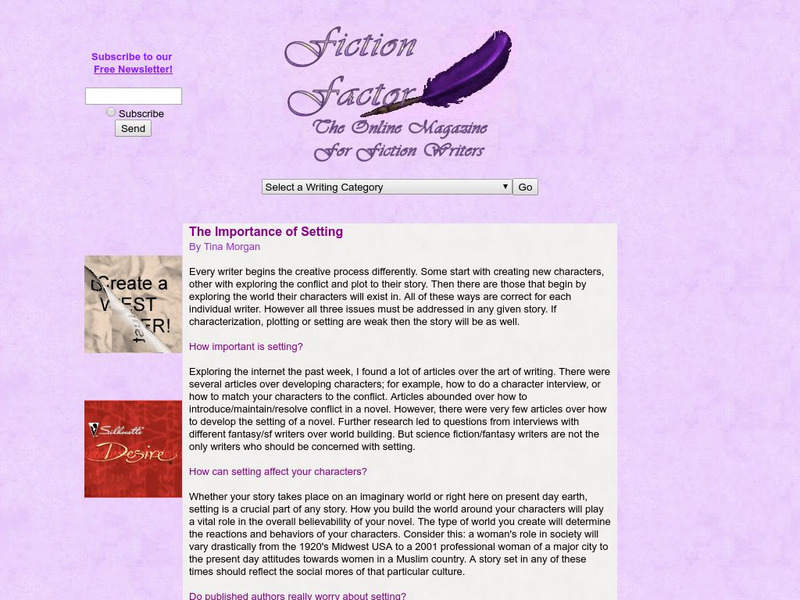

![Florida Center for Reading Research: Narrative Text Structure: Retell a Story [Pdf] Lesson Plan Florida Center for Reading Research: Narrative Text Structure: Retell a Story [Pdf] Lesson Plan](https://content.lessonplanet.com/knovation/original/509123-4f86c5ac420f72674e32d96af5a04414.jpg?1661786938)
![Florida Center for Reading Research: Narrative Text Structure: Retell Ring [Pdf] Lesson Plan Florida Center for Reading Research: Narrative Text Structure: Retell Ring [Pdf] Lesson Plan](https://content.lessonplanet.com/knovation/original/509125-ce2373a22ec043b4e3169ca469cf6012.jpg?1661786935)

